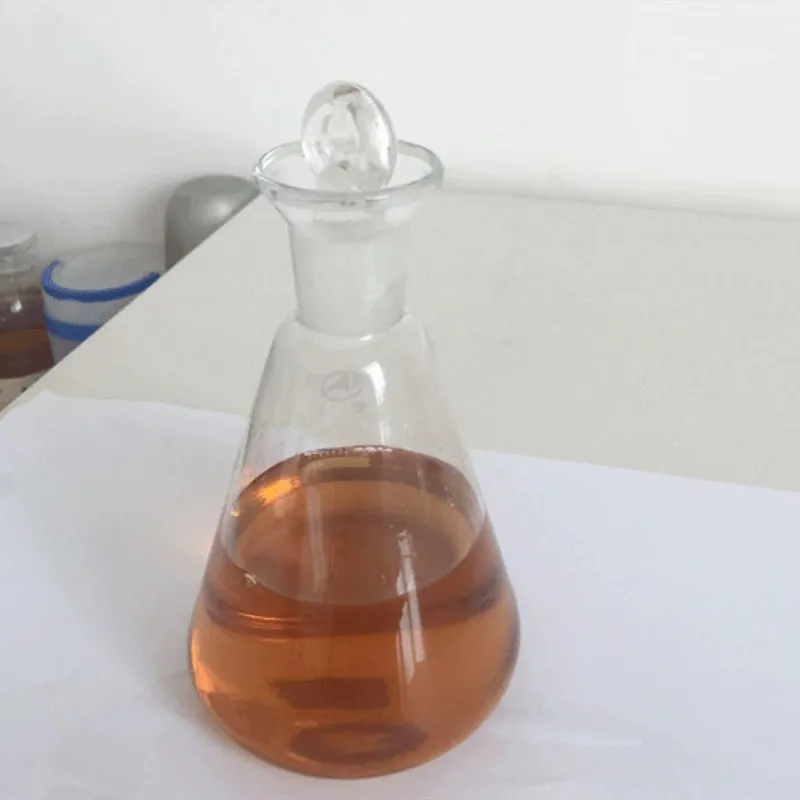
Granular Urea Fertilizer with 46% Nitrogen Content for Enhanced Plant Growth
The Benefits and Application of Urea Fertilizer (46-0-0) Granular
Urea fertilizer, especially the granular form with a nutrient composition of 46-0-0, has become increasingly popular in modern agriculture. The high nitrogen content makes it particularly suitable for various crops, enabling farmers to enhance plant growth, improve crop yields, and manage soil health effectively.
What is Urea Fertilizer?
Urea, chemically known as carbamide, is an organic compound featuring a high nitrogen content of approximately 46%. This characteristic makes urea one of the most concentrated nitrogen fertilizers available in the market. The granular form of urea enhances its application convenience, making it easier for farmers to apply uniform quantities to their fields. The absence of phosphorus (0) and potassium (0) in this specific formulation indicates that it should be used as part of a broader fertilization strategy to meet the complete nutrient requirements of plants.
Key Advantages of Urea Fertilizer
1. High Nitrogen Content The most significant advantage of urea (46-0-0) is its high nitrogen concentration. Nitrogen is essential for the synthesis of amino acids, the building blocks of proteins, and is a critical component of chlorophyll, which plays a key role in photosynthesis.
2. Cost-Effectiveness Urea is generally one of the cheaper sources of nitrogen fertilizer. Its high nutrient content means that smaller quantities are needed to achieve the same results as other fertilizers with lower nitrogen rates, simplifying logistics and reducing application costs.
3. Enhanced Crop Yield Regular application of urea can lead to significant improvements in crop growth and productivity. Farmers can expect robust plant development resulting in higher yields, which is crucial for meeting the food demands of a growing population.
4. Versatility Urea can be used in various farming systems, including cereal, fruit, and vegetable crops. Its application is not limited to one type of plant, making it a versatile choice for many agricultural practices.
urea fertilizer 46 0 0 granular

Application Methods
Urea can be applied in several ways, and its effectiveness largely depends on the method chosen
- Broadcasting This simple method involves spreading the granular urea uniformly over the soil surface. It is typically used for large fields but requires proper incorporation into the soil to minimize nitrogen loss due to volatilization.
- Incorporation To enhance nitrogen uptake and reduce losses, urea can be tilled into the soil shortly after application. This is particularly effective in warm climates where volatilization can be a concern.
- Fertigation Urea can also be dissolved in water and applied through irrigation systems, known as fertigation. This method enhances the precision of nutrient delivery to plants and reduces potential losses.
- Top Dressing Applying urea on the soil surface during critical growth stages can significantly boost nitrogen availability to plants when they need it most.
Conclusion
Urea fertilizer (46-0-0) in granular form is an essential tool in modern agriculture. Its high nitrogen content, cost-effectiveness, and versatility make it a favored choice among farmers. However, it is crucial to conduct regular soil tests and follow a comprehensive nutrient management plan to maximize its benefits while ensuring sustainable practices. By understanding the proper application techniques and timing, farmers can leverage urea to enhance crop growth and contribute to global food security effectively. As agricultural practices evolve, incorporating high-efficiency fertilizers like granular urea will be vital in meeting the challenges posed by a growing population and changing environmental conditions.
-
Sodium Dichloroisocyanurate Safety Handling ProtocolsNewsJul.29,2025
-
Mining Chemicals for Copper Extraction Processes GuideNewsJul.29,2025
-
Fertilizer for Sale Shipping and Storage TipsNewsJul.29,2025
-
Dimethyl Disulfide as Sulfurizing AgentNewsJul.29,2025
-
Benzotriazole Safety Data Handling and Storage GuidelinesNewsJul.29,2025
-
Ammonium Bicarbonate Safety Handling Storage GuidelinesNewsJul.29,2025
-
The Transformative Role Of Trichloroisocyanuric Acid in Water TreatmentNewsJul.23,2025
Hebei Tenger Chemical Technology Co., Ltd. focuses on the chemical industry and is committed to the export service of chemical raw materials.
-

view more DiethanolisopropanolamineIn the ever-growing field of chemical solutions, diethanolisopropanolamine (DEIPA) stands out as a versatile and important compound. Due to its unique chemical structure and properties, DEIPA is of interest to various industries including construction, personal care, and agriculture. -

view more TriisopropanolamineTriisopropanolamine (TIPA) alkanol amine substance, is a kind of alcohol amine compound with amino and alcohol hydroxyl, and because of its molecules contains both amino and hydroxyl. -

view more Tetramethyl Thiuram DisulfideTetramethyl thiuram disulfide, also known as TMTD, is a white to light-yellow powder with a distinct sulfur-like odor. It is soluble in organic solvents such as benzene, acetone, and ethyl acetate, making it highly versatile for use in different formulations. TMTD is known for its excellent vulcanization acceleration properties, which makes it a key ingredient in the production of rubber products. Additionally, it acts as an effective fungicide and bactericide, making it valuable in agricultural applications. Its high purity and stability ensure consistent performance, making it a preferred choice for manufacturers across various industries.











